Yesterday, Today, and Tomorrow
Two main elements are the primary factors that have determined how playgrounds look and perform: concept and technology. Over the past century we have seen the concept of what a playground is evolve continuously from basic fitness apparatus to expressions of civic identity. An often overlooked factor that has an equal impact on the design of playground apparatus is the application of materials technology.
The Pipe Era
Until the early ’40s playground apparatus was composed primarily of steel pipe. Tall slides, swings, monkey bars, and teeter totters all were built with pipes. As the nation began to become suburbanized, playground equipment manufacturers began to develop “theme” equipment, such as rocket ships and stagecoaches that added sheet metal forms to their products. These vintage forms have nearly all passed off the scene, but they were exciting in their day.

Wood
In the early ’60s wood began to appear in community built playgrounds and in parks designed by landscape architects. The appeal of wood matched the sentiment of the times as it brought a natural element to the playground. It also imparted a visual density that the pipe apparatus lacked.
BigToys, Landscape Structures, Timberform, and KOMPAN came into the industry as wooden play system producers. They all faced the same challenges but addressed them with different technologies. The primary obstacle faced by wood producers was durability. While pipe play equipment will last indefinitely without maintenance, wood-based systems were challenged to remain viable for a decade.

The main issue with wood is decay. The technologies used to overcome this problem included pressure treating, paraffin coating, redwood or cedar, and metal footings. Paraffin did not prove to be effective at preventing decay. Redwood was somewhat better, but old growth material was becoming difficult and expensive to obtain. In the early years pressure treating was effective, but concerns about the toxicity of the treatment limited its acceptance. It is only recently that treatments have been developed that are deemed safe, which is ironic now that wood has fallen out of favor with many playground owner/operators.
Thin-wall Tubing

In the ’70s Allied Tube & Conduit was in the process of developing and expanding its line of “flo-coat” prefinished thin-wall steel tubing. This tubing came in a wide variety of sizes, and their 5-inch tube allowed designers to give play systems the same visual density and appeal as wooden play apparatus. This meant that not only could metal systems do away with small pipe, but they could compete effectively with wood products by adding color and curved elements like arches while giving a tremendous boost to durability over wood.
Thin wall aluminum tubing is also used in the playground industry. It has the advantage of greater ductility and also is easier to powder coat than steel, but it is more difficult to fabricate in some ways and is more expensive than steel.
Powder Coating
Allied Tube uses a process whereby several layers of corrosion protection with both galvanizing and sealers are applied so the tubing is very durable. However, this multi-layer protection proved to be a bit of a problem when it came to applying paint as it is difficult to get anything to adhere to it. Coincidently, a new concept in paint was being developed at this time. Called powder coating, the technology involves applying a fine plastic powder that is adhered electrostatically to the metal, and then baked to essentially melt the plastic coating to the surface.
It took some time to figure out how to maintain the Allied coating and apply the powder coat over it, but it was well worth the effort as this process not only makes an incredibly durable surface, but it also removes solvent-based paints from the factory, and all of the safety and health issues related to what comes with paint.
Roto-cast Plastic

The other important innovation during this period was rotationally molded plastic, or roto-casting. Miracle Playground Equipment was one of the first to introduce this technology on playgrounds when they used it for a spring animal form. At this time most spring toys were cast aluminum. The roto-casting innovation allowed for lighter weight animals to replace those on swings, which were becoming recognized as a problem for their battering-ram type impacts to kids. Mexico Forge used roto-casting for panels, tunnels, and slides, which gave the system a very modern look.
A huge benefit of rotationally molded plastic is that it allows for the creation of very large pieces with very low material costs. As the volume of plastic parts increased, the manufacturers were able to bring the process into their own plants instead of having to use outside vendors, which further reduced costs.
Adding rotational molding technology was not a trivial investment for the manufacturers. First, the molds are very expensive to produce as they include the wood original forms, a cast aluminum mold, and a surrounding frame, called a spider. Bolts are spaced every 3 or 4 inches around the circumference to hold the mold together. These are both set and removed by hand. The resultant mold with its support frame is generally several times larger than the shape being cast.

The casting process begins with the mold being filled with dry plastic powder, bolted together with its supporting frame, and then placed on an arm so it can be inserted into an oven. While in the oven, the mold is rotated so that the melted plastic can uniformly cover the inside. Once the interior is coated, the mold is revolved to another station where it continues to rotate while cooling. Finally, it rotates around to the staging station where the mold is removed and opened and the part set aside in a resting form to hold its shape for final cooling.
The overall size of the machines that do roto-casting tend to be enormous since the molding machines have three arms to each station – unload and load, bake, cool – which are working simultaneously. For example, a machine that molds a spring animal will be the size of a typical two-story house. Imagine the size of the machine that GameTime has for its triple slide!
There are several important engineering decisions that impact on the quality of roto-cast products. The first is wall thickness, the thicker the better. Second, the plastic formulation has to balance competing benefits. There are a host of additives that impart desirable qualities to the basic raw plastic. Color, UV resistance, and static electricity suppressant additives can all be used. However, additives also tend to reduce the strength of the plastic so they need to be used in moderation.
Vinyl Coating
Not only did metal replace wooden posts, but it also replaced wooden decks. Unfortunately, metal decks were already being considered a safety concern due to heat buildup, and an alternative needed to be developed. The solution was vinyl coating. The decks are dipped into large tanks that hold liquid polyvinyl chloride plastic (PVC). The coated decks are then cured in an oven. Since each PVC tank has to be big enough for the largest part and each color has to have its own tank, you can understand why there are not a lot of deck color options.
The initial deck fabrication method was to build a steel frame and weld expanded steel to the frame. Newer designs use punched steel for a flat and strong product.
While PVC-coated steel deck technology solved one problem, it created another. PVC comes in two forms, rigid and flexible. To make PVC soft, plasticizers are added. The problems with the plasticizers were not widely recognized until around 2006 when enough evidence was accumulated to establish that the main plasticizers, phthalates, are endocrine disrupters and a serious health risk.
PVC products made with phthalates were in thousands of products including baby pacifiers, medical devices, auto interiors, and home products. Fortunately, the industry responded and there was a serious effort to convert to new formulations. The playground industry is to be congratulated in their response to this issue, as most systems are now phthalates free.
Metal Core Rope
Nets on playgrounds have been a perennial favorite with kids. Historically, the problem with rope nets was durability; they could be cut relatively easily and wore out much more rapidly than the structures that supported them. Those issues went away with the advent of metal core combination rope. When it was first introduced, the range of options was limited, but now this product is produced in a myriad of configurations and materials so designers have a great many options.
The net systems use several types of net connectors. The main designs are “S” hook style and ball style with both two-part balls and single-part compressible balls. Initially, these three systems had some distinct advantages and disadvantages, but these days most of the disadvantages have been resolved and the systems all perform quite well.
The biggest variable amongst net systems now is the amount of flexibility of the nets in each system. While none of the net products begin to replicate the free swinging of rope nets, they vary from being somewhat flexible to being essentially rigid. Flexibility is a product feature that is not apparent from catalog pictures or rope samples, and buyers would be well advised to inspect actual installations to see how they feel about the appeal of flexible vs. rigid net systems.
What Does the Future Hold?
Since we can see how profoundly new material options have transformed playgrounds, it is logical to look around to see what technology is emerging currently that may find its way onto the playground.
3-D Printing
I’m using the term 3-D printing as a placeholder for a whole range of interrelated technologies that include robots, rapid prototyping, and all sorts of computer technology that enables small-scale production. What we will see in the near future is essentially the digitization of product production, especially in those markets where creativity and uniqueness is highly valued.
These days, city planners are embracing the idea of “place making” and retaining local character. The current trends in theme playground products fit right in to this growing movement and are just the beginning of the rise of more unique and artistic playgrounds.
As the “digitization” movement gains increasing sophistication and capabilities, we will see start-up companies enter the market with compelling and competitive offerings. Soon, for very little added costs, playgrounds will become extremely expressive and creative. We have already seen this dynamic in the automotive sector with companies like Tesla, and there are dozens of emerging car producers following that path. As with cars, for the past fifty years playgrounds have been a venue for innovation and creativity and they too will be fertile grounds for this digital revolution.
The Internet of Things
Currently one of the hottest areas of technology today is the Internet of Things (IoT), where spaces and objects are embedded with tiny radios with sensors and have the ability to communicate with the Internet. The most widely quoted number for the growth of IoT is 25 billion devices connected to the Internet by 2015 and 50 billion by 2020 with a total value of $14.4 trillion for companies and industries worldwide in the next decade.
To understand how IoT will impact on playgrounds you need to know a bit about how IoT works. Basically IoT is comprised of three core technologies: smart mobile devices, cloud storage and computing, and Bluetooth low-energy beacons.
We don’t need to talk much about smart devices except to note that the capability of these products is exploding exponentially. For example, the iPhone is now the most popular camera. A typical smart phone today has more data processing power than a desktop computer of just five years ago at a fraction of the cost.
These smart devices are no longer limited to cellphone connections but also now connect directly to the Internet. With fast connections to the Internet it is no longer necessary for these devices to store all their data on the device. Indeed, even the applications and computing can be run directly off the net. This is what is meant by “cloud” computing.
Currently, most of the connection to the Internet that is made via non-cellular connections is by WiFi. WiFi works fairly well but is limited by cost and other factors, so a new technology is emerging that uses small inexpensive digital radios, called beacons, to link smart devices to the Internet. By populating the environment with billions of these beacons so that they are everywhere and on everything, the vision of IoT is that we will soon essentially be living inside a ubiquitous computer rather than accessing the web from outside. While this scenario is terrifying to many, the economies and conveniences of IoT are so compelling that its rapid deployment is inevitable.
So what does this mean for the future of playgrounds? At the simplest level it means that the playground will become a wonderful and compelling venue for location-based games. No longer will interactive games reside solely on screens but will now be embedded into the play environment. The result will be to greatly enhance the appeal of playgrounds for older children adding the challenge and excitement that has been largely regulated out of them. This change will be impossible to stop as we begin to more fully understand the role of outdoor active play on children’s health and development and insist our children have more active play.
The second, and perhaps more important, change that will result from the deployment of IoT is enhanced personal security. Today, parents are so concerned for their children’s safety that they will trade allowing them to hole up in their rooms and play video games rather than exposing them to the hazards, real or imagined, of being on their own in the neighborhood.
As IoT expands, it will return us to a time when we lived in safe neighborhoods where everyone knew everyone else, and if there was something or someone that didn’t belong, it was known and dealt with quickly and effectively. Yes, this means a loss of privacy, but the whole notion of privacy is just a legacy of the rapid mobility of citizens that has come about in the twentieth century. Privacy is not the norm for humanity nor should it be. This means that within the next decade we will see the return of the “free-range” childhood in many, if not most, communities.
Nature

The final current trend that is likely to mature into the basis for the playgrounds of the future is “nature.” Due in large part to the work of Richard Louv and his book Last Child in the Woods, communities and families are increasingly aware of the many benefits to children of spending time in nature digging holes, climbing trees, rolling down hills, etc.
One of the earliest proponents of this concept is Robin Moore, Professor of Landscape Architecture at North Carolina State University, where he is currently Director of the Natural Learning Initiative. Through his examples and those of his associates at the landscape design firm MIG in Berkeley, the basic groundwork has been laid to bring increasing amounts of nature-based experiences to playgrounds. Currently, dozens of design firms have begun to specialize in this area, and more and more clients are seeking them out. There are also excellent examples in Europe, especially in Denmark, of extremely successful programs.
The main challenge to bringing more nature to playgrounds is not technical. The fact is that current park and playground design and operation has to assume a “blow and go” style of maintenance, which is the antithesis of natural spaces.
Is there a chance that this attitude will change, at least in some communities? I actually believe that such a change will be an inevitable result of the revolution that has to be made to adjust mankind’s treatment of his environment so that it is sustainable and preserves as much as possible of the nature that currently surrounds and nurtures us.
Final Thought
When someone says, “visualize the playground of your youth,” each generation will tend to create a picture unique to their generation. For me, it is a pipe playground. My daughter’s vision is a wooden one. Our grandchildren visualize a post and deck play structure.
We are in the midst of another new vision for playgrounds. Increasing these will be comprised of natural elements on one hand and of high technology on the other. Where historically “playground” meant a fixed piece of land with apparatus, the next generation of children will bring a big part of their play with them on their smart devices, and the play venue will be wherever they are in the community.


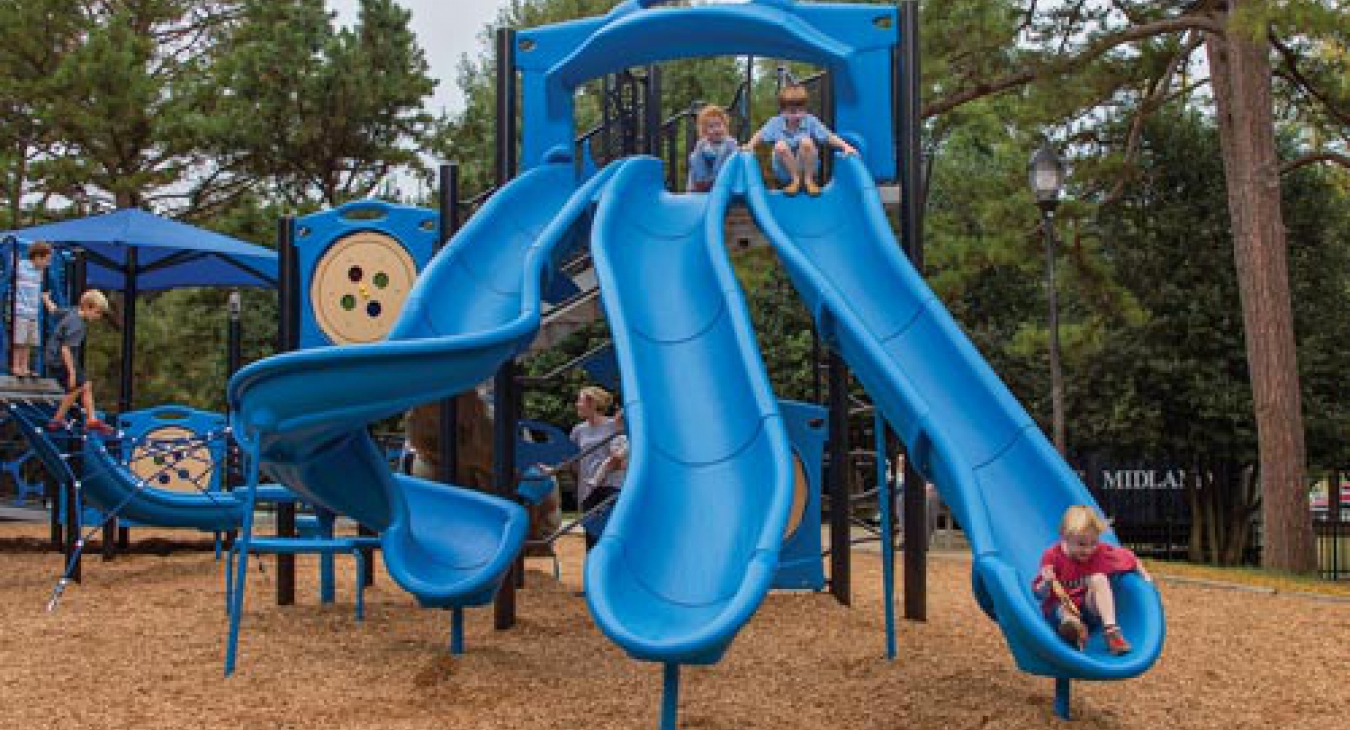
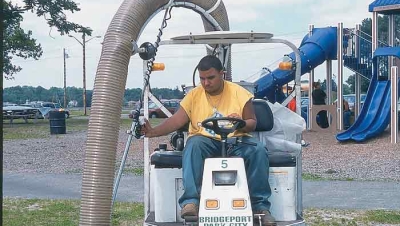

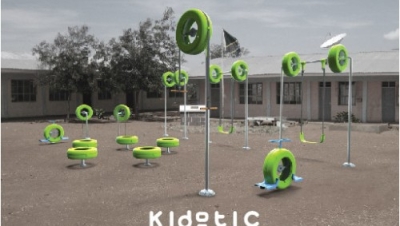








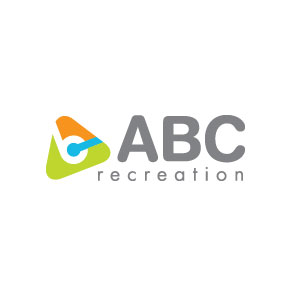



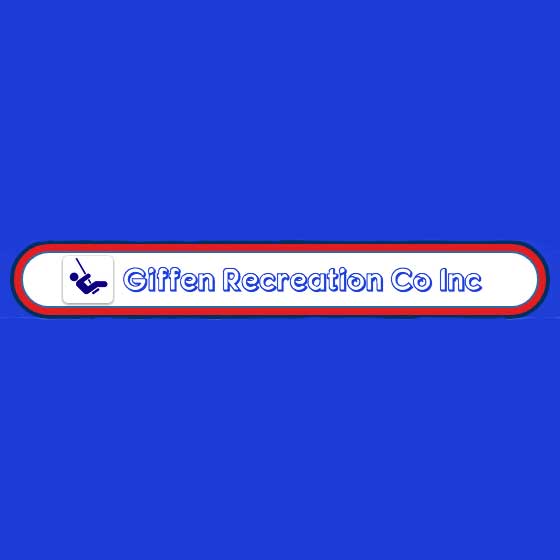
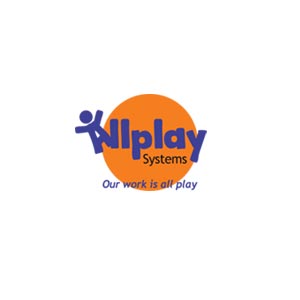
Playgrounds
I work around metals for a living (http://vitzmetals.com) and I managed to build some amazing stuff for my children. Nevertheless, interesting article. Thanks for it, keep up the awesome blog!
Great time line and info!!
Thank you!!! Thorough and relevant info!!
Add new comment